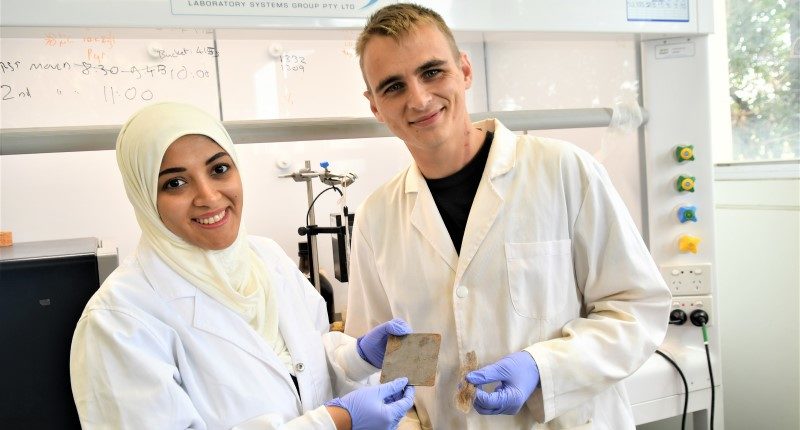
- New insulation research recycles cooking oil, wool offcuts and sulphur
- Product helps hit the targets set out by the UN's SDG 2030
- The research was a collaboration between Flinders, Deakin, and Liverpool Universities
The Home Insulation Program kept Australia warm in the midst of 2008’s Global Financial Crisis, and now, another group of Australian’s are making insulation their raison d’être, recycling unexpected items.
Flinders, Deakin and Liverpool Universities have been working together on a new way to make insulation, recycling waste cooking oil, sulphur and wool offcuts.

It’s not the first time we’ve heard of your local fish and chip shop giving up their used grease for a good cause, diesel alternative was the headline a decade ago.
In line with the United Nation’s Sustainable Development Goal 12, Responsible Consumption and Production, the product ticks off a number of important considerations as sustainability becomes ever more important.
Flinders University says the last decade “has been described as the hottest on record, and reusing waste is one way to extend the life of billions of tonnes of natural resources consumed every year.”
Part of the research also considers when the product reaches the end of its life, ensuring a biodegradable nature is part of the research.
How it works
The new insulation product is “made from the sustainable building blocks of wool fibres, sulfur and canola oil,” providing what the researchers say will be “… significant energy savings for property owners and tenants.”

Complex chemistry underpins the process, creating “new composites and polysulfide polymers”, Flinders University’s Associate Professor Justin Chalker said:
“… The material is prepared by hot pressing raw wool with a polymer made from sulfur and canola oil,”
Associate Professor Justin Chalker, Flinders University
The process includes “inverse vulcanization”, forming a polymer from canola oil and sulphur, then mixing that with the wool offcuts.
Wool also has naturally low flammability, an added benefit of using the natural fibre said Associate Professor Chalker.







